2-Methylcyclohexanone is allowed to react with metachloroperoxobenzoic acid. The major product formed in the reaction is
_E01_555_O01.png)
_E01_555_O02.png)
_E01_555_O03.png)
_E01_555_O04.png)
The correct Answer is:C
To solve the problem of determining the major product formed when 2-methylcyclohexanone reacts with metachloroperoxobenzoic acid, we can follow these steps:
Step 1: Identify the Reactants
The reactants in this reaction are 2-methylcyclohexanone and metachloroperoxobenzoic acid (mCPBA).
- 2-Methylcyclohexanone has a cyclohexane ring with a ketone group (C=O) and a methyl group (CH3) at the 2-position.
- mCPBA is a peracid that is commonly used for the oxidation of alkenes and ketones to form epoxides.
Step 2: Understand the Reaction Mechanism
When 2-methylcyclohexanone reacts with mCPBA, the reaction typically involves the formation of an epoxide. The peracid donates an oxygen atom to the carbonyl carbon of the ketone, resulting in the formation of an epoxide.
Step 3: Draw the Structure of 2-Methylcyclohexanone
The structure of 2-methylcyclohexanone can be represented as follows:
CH3∣O=C//CCCC C−−−−−−−C
Step 4: Reaction with mCPBA
The reaction of the ketone with mCPBA will lead to the formation of an epoxide. The oxygen from the peracid will form a cyclic ether with the carbonyl carbon and one of the adjacent carbons.
Step 5: Formation of the Major Product
The major product will be the epoxide formed from the reaction. The structure of the epoxide will be:
CH3∣O=C/CO /CC−C C−C
Step 6: Final Product
After the reaction, the major product formed is 2-methyl-3-oxacyclohexane (the epoxide).
Conclusion
The major product formed from the reaction of 2-methylcyclohexanone with metachloroperoxobenzoic acid is an epoxide.
The reactants in this reaction are 2-methylcyclohexanone and metachloroperoxobenzoic acid (mCPBA).
- mCPBA is a peracid that is commonly used for the oxidation of alkenes and ketones to form epoxides.
When 2-methylcyclohexanone reacts with mCPBA, the reaction typically involves the formation of an epoxide. The peracid donates an oxygen atom to the carbonyl carbon of the ketone, resulting in the formation of an epoxide.
The structure of 2-methylcyclohexanone can be represented as follows:
The reaction of the ketone with mCPBA will lead to the formation of an epoxide. The oxygen from the peracid will form a cyclic ether with the carbonyl carbon and one of the adjacent carbons.
The major product will be the epoxide formed from the reaction. The structure of the epoxide will be:
After the reaction, the major product formed is 2-methyl-3-oxacyclohexane (the epoxide).
The major product formed from the reaction of 2-methylcyclohexanone with metachloroperoxobenzoic acid is an epoxide.
Topper's Solved these Questions
- BOOK - ALLENCHAPTER - ALKENE, ALKANE & ALKYNE EXERCISE - EXERCISE-399videos
ALKENE, ALKANE & ALKYNE
- BOOK - ALLENCHAPTER - ALKENE, ALKANE & ALKYNE EXERCISE - EXERCISE-4(A)10videos
ALKENE, ALKANE & ALKYNE
- BOOK - ALLENCHAPTER - ALKENE, ALKANE & ALKYNE EXERCISE - EXERCISE-1119videos
ALKENE, ALKANE & ALKYNE
- BOOK - ALLENCHAPTER - AIIMS 2019EXERCISE - CHEMISTRY40videos
AIIMS 2019
- BOOK - ALLENCHAPTER - ALKYL AND ARYL HALIDEEXERCISE - EXERCISE-05 (B)35videos
ALKYL AND ARYL HALIDE
Similar Questions
Knowledge Check
- Question 1 - Select One
The major product formed in the following reaction
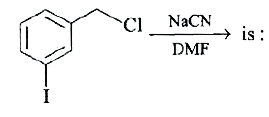 is : A
is : A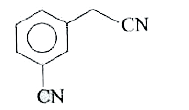 B
B C
C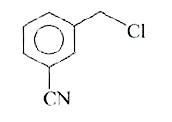 D
D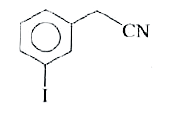
- Question 2 - Select One
The major product formed in the following reaction is
 A
A B
B C
C D
D
The major product formed in the following reaction is :
 View Solution
View SolutionThe major product formed in the following reaction is
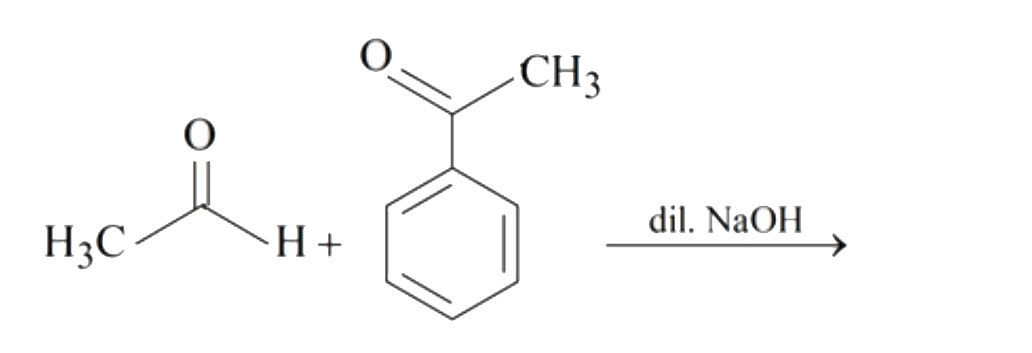 View Solution
View SolutionThe major product formed in the following reaction is
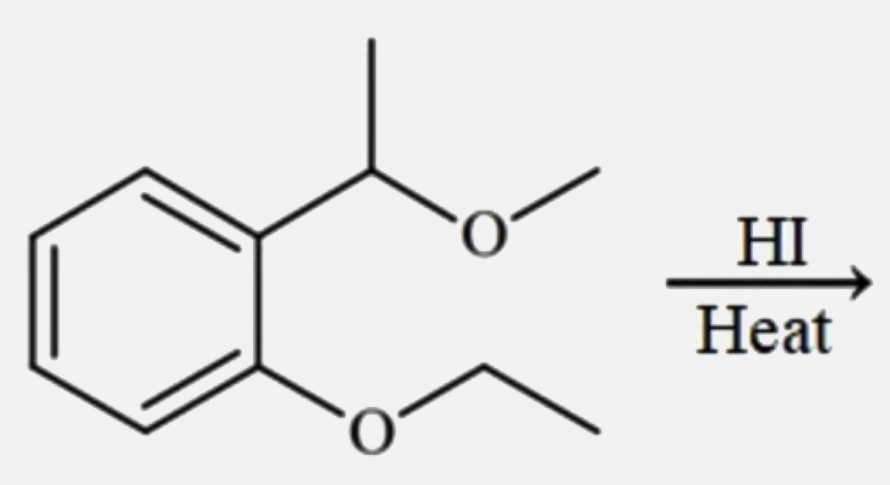 View Solution
View SolutionThe major product formed in the following reactions is :
 View Solution
View SolutionThe major product formed in the following reactions is :
 View Solution
View SolutionThe major products formed in the following reactions is
 View Solution
View Solution


